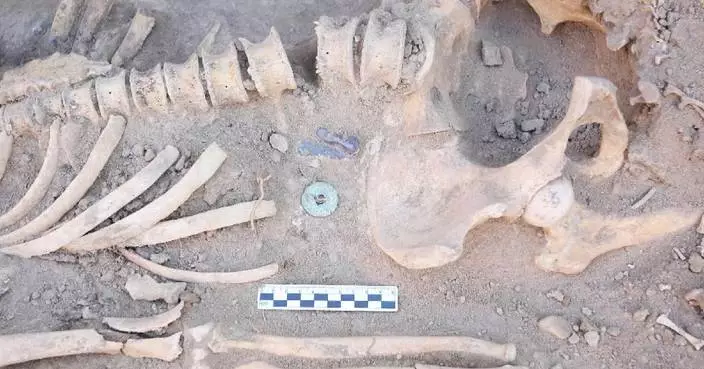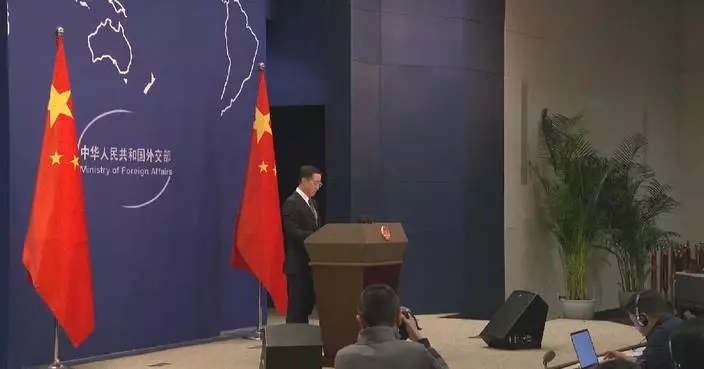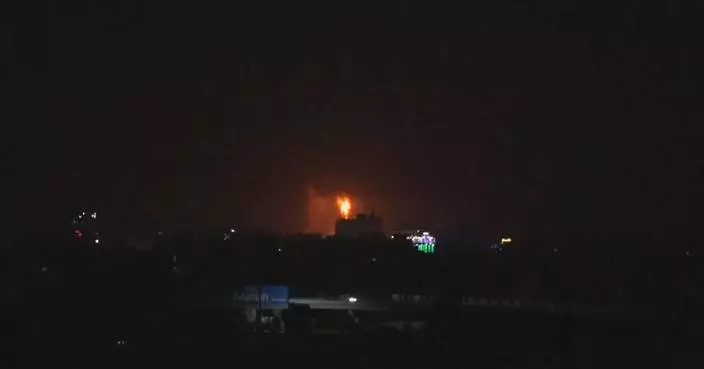The star-studded line-up for the China Media Group (CMG)'s Mid-Autumn Festival Gala has been revealed as the countdown to the entertainment extravaganza on Tuesday night continues, with several international performers taking their place among the many artists who are set to grace the stage.
Renowned French pianist Richard Clayderman, popular Kazakh singer Dimash Kudaibergen, and artists from the Chinese mainland, the Hong Kong and Macao special administrative regions and the Taiwan region will all deliver performances.
The gala will be broadcast worldwide from 20:00 Beijing Time (1200 GMT) via various CMG channels, as well as on several social media platforms, with the event being staged in the northeastern city of Shenyang.
The Mid-Autumn Festival is a traditional annual festivity in China with a history dating back more than a millennium. It centers around the moon and a good harvest, and is a time for family members and friends to reunite, eat mooncakes, and appreciate the full moon.
Featuring over 30 performances that blend various forms of art, including poetry, song, dance, and drama, the gala highlights the cultural charm of traditional festivals and symbolizes the continuity of Chinese civilization.
Through innovative artistic expressions, various elements of traditional Chinese culture will be vividly presented in the program, allowing the audience to appreciate the beauty of artistic conception, culture, and technology.
The gala will take place at the picturesque Dingxiang Lake Park, situated by Shenyang's largest urban lake, combining traditional Chinese culture with the local color and charm of the city.
It will spotlight key topics of interest for audiences at home and abroad. These include the 75th anniversary of the founding of the People's Republic of China, the 25th anniversary of Macao's return to China, and significant milestones such as the Chang'e-6 space mission, which saw China retrieve the first ever lunar samples from the far side of the moon.
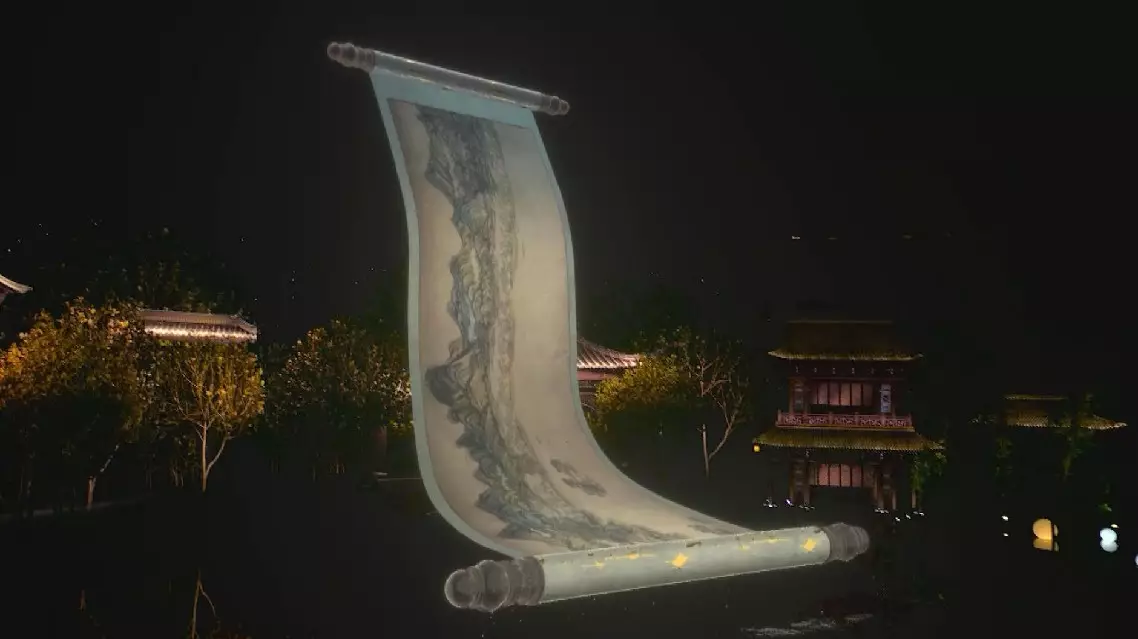
Line-up for star-studded CMG Mid-Autumn gala revealed
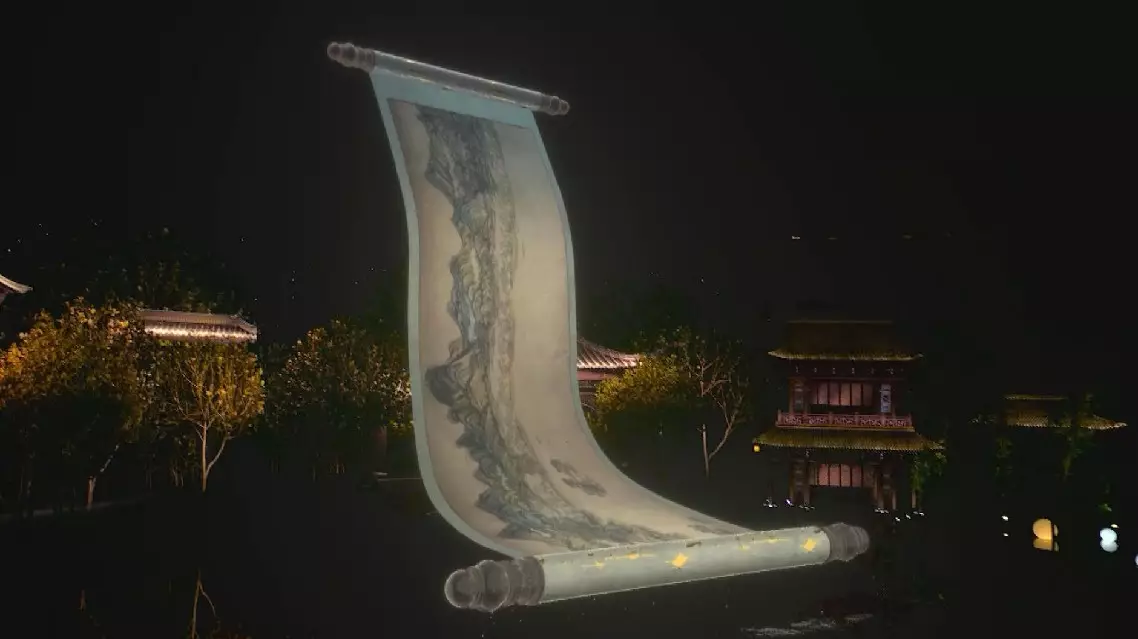
Line-up for star-studded CMG Mid-Autumn gala revealed
Macao has been emerging as a global hub for conventions and exhibitions in recent years by exploring the enormous opportunities in the sector, driving the region to advance its economic diversification and embrace a brighter future.
Macao has received many awards this year, such as the Best Convention City (Asia) and the Best BT-MICE City, showcasing the recognition for and influence of Macao's exhibition industry.
More than 1,000 electronic game enthusiasts from all over the world gathered recently in Macao to participate in a esports themed event.
Su Zhili, organizer of the event, said that Macao's rich experience in hosting large-scale events, coupled with its good infrastructure, has driven him to choose the region as an ideal destination to hold such an activity.
"Macao has held many similar large-scale events. It has rich experience, and the facilities at the venue are relatively mature, so we can start our work comfortably," said Su.
During the first three quarters of 2024, Macao held more than 1,000 conferences and exhibitions in total.
"We will invite more professional, special conferences to be held in Macao and also cultivate more exhibition brands with international influence in Macao, so as to promote Macao's exhibitions to be more market-oriented, professional, international, digital and greener from various aspects. This is our goal," said Elaine Wong, member of the Macao Commerce and Investment Promotion Institute.
In addition, multiple large exhibitions and conferences, such as the Macao International Trade and Investment fair, the Macao Franchise Expo, and the International Infrastructure Investment and Construction Forum, are held regularly in Macao.
With the introduction of a series of policies and measures to facilitate the exchanges between the mainland and Macao, as well as the construction and development of the Guangdong-Hong Kong-Macao Greater Bay Area and the Guangdong-Macao In-Depth Cooperation Zone in Hengqin, Macao's convention and exhibition industry will embrace more opportunities for development in the foreseeable future.
"We have such a good industrial base in the Greater Bay Area. The mode of 'Convention and Exhibition + Industry' not only integrates the industries of Macao, but also the industries of the Greater Bay Area. In addition, Macao actively integrates into the national development and plays a role in the Belt and Road. Why are we so confident in Macao's convention and exhibition sector? Because it is backed by the motherland, and the country gives Macao great support," said Alan Ho, chairman of the Macao Association of Convention, Exhibition and Tourism Sectors.
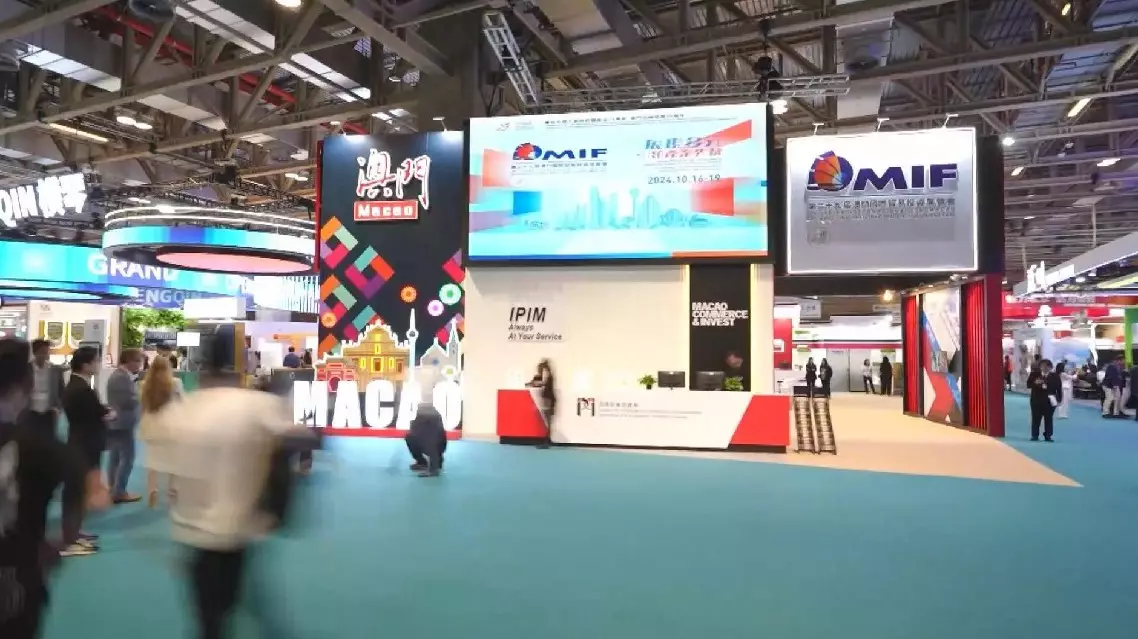
Macao emerges as global hub for conventions and exhibitions, driving economic diversification and international recognition





